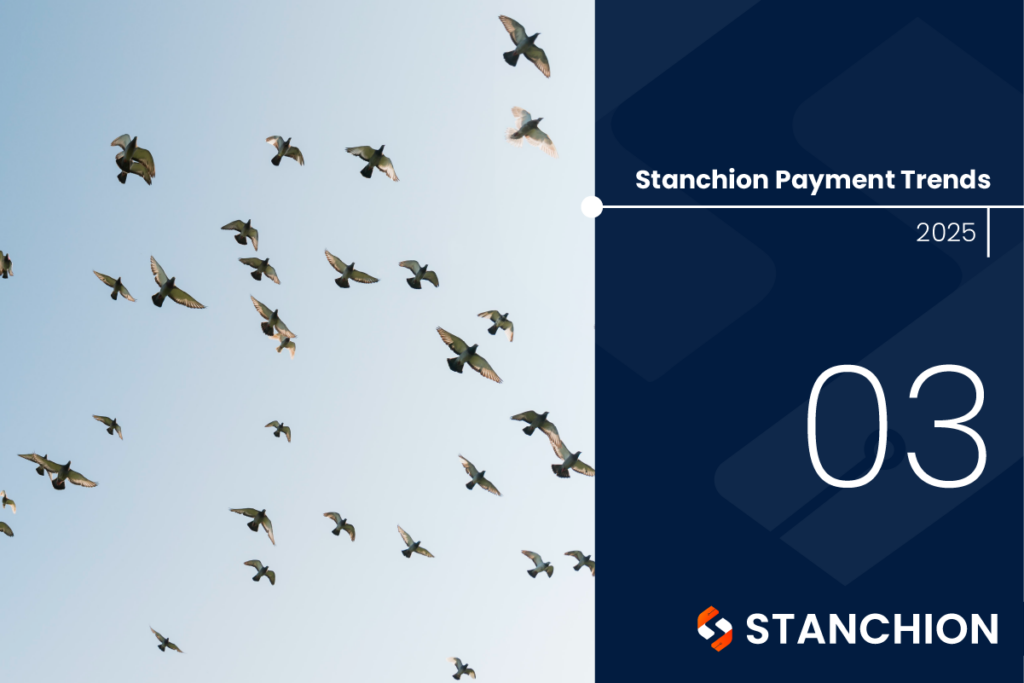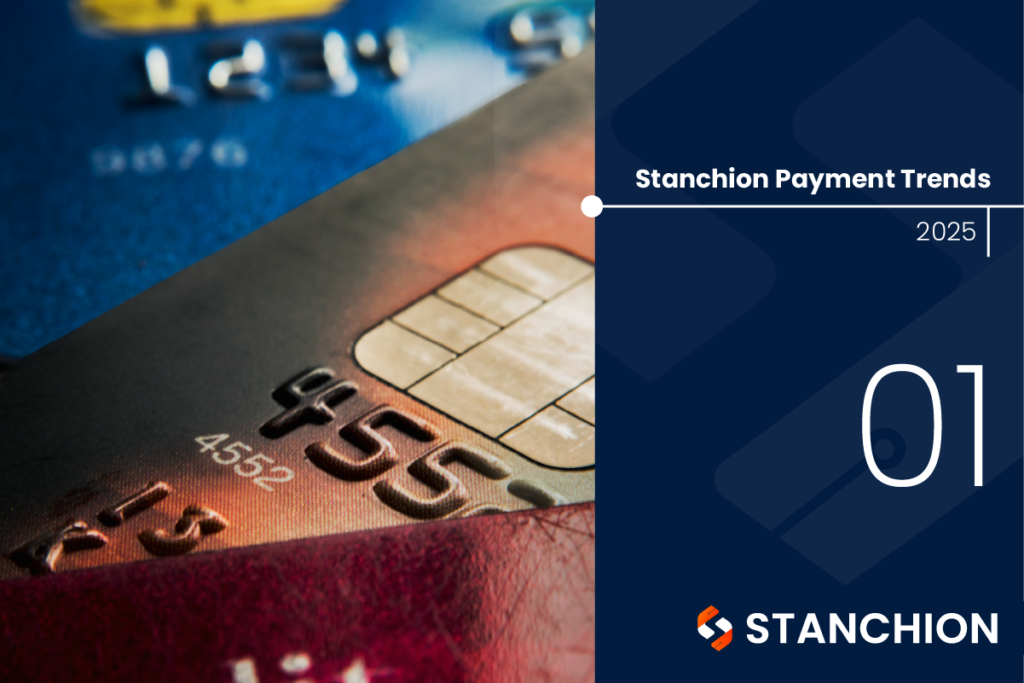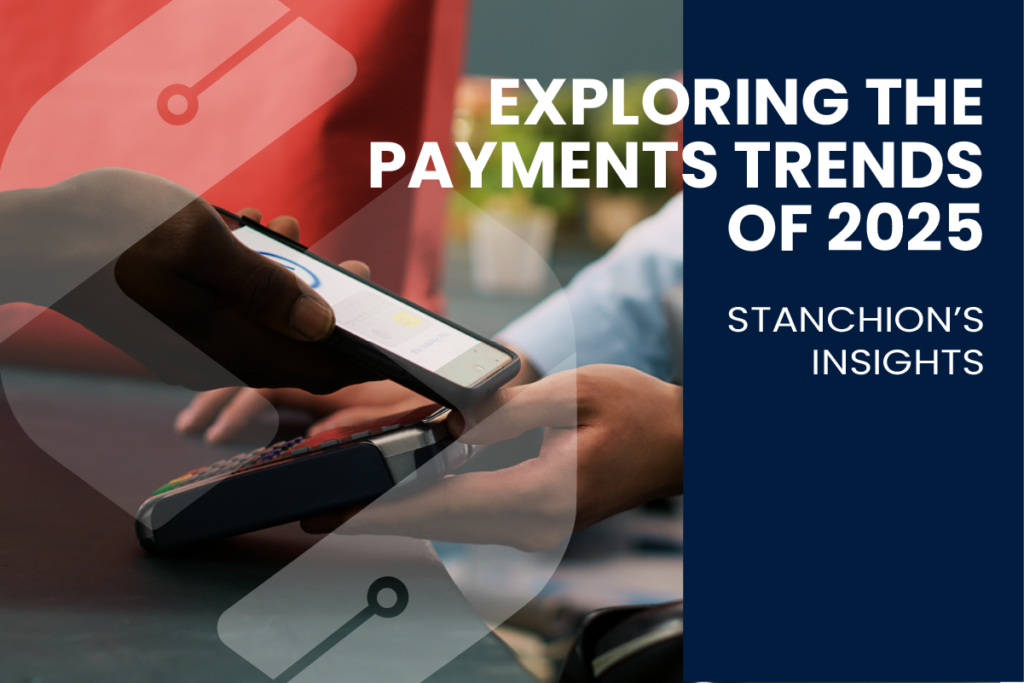
Title of Report: 2024 Global Payments Report – Simpler interfaces, complex reality
Report Link: McKinsey’s Global Payments Report 2024 | McKinsey
Size of Report: 17 pages. Published Oct 2024

McKinsey packs a lot into 17 pages, their analysis is based on McKinsey’s Global Payments Map which covers more than 25 payment products in 48 countries and accounts for more than 90 percent of global GDP.
Their thesis is instant payment systems have ushered in the Decoupled Era.
In this new world, while payments are getting quicker, they are increasingly disconnected from accounts, and players have proliferated, fragmenting the value chain, increasing complexity, and endangering the vision.
They mirror the view of a slowdown to 5% annual transaction-related revenue growth to 2028 and a more pronounced decline in net interest income, based on three trends.
- Sluggish growth in GDP and personal expenditures will drag down payments value growth and margin compression will drag down interest income.
- Transaction mix will shift from high-yield credit cards toward lower-yield account-to-account payments, including electronic funds transfers and instant payments.
- Regulatory pressure on card interchange fees, which in 2023 contributed 49% of transaction-related revenues, might limit rate increases or even reduce rates in some markets.
As per other analysts they share the view Asia–Pacific today accounts for nearly half of global payments revenue and will be the backbone of growth in the next 5 years.
The report also highlights six trends to define this period.
- Decline of cash. Instant payments are rapidly replacing cash in developing markets with low card penetration, such as India, Malaysia, and Indonesia.
- Instant Payments will continue to displace other payment methods (but there is life still in cards). They have ushered in innovations such as QR code enablement, digital wallets, open banking, and biometric authentication and propelled by an increased urgency for countries to establish national payment systems. These new methods will accelerate the phasing out of cash and checks.
Cards, however, will continue to be an essential payment method for years to come, for open-loop payments such as Mastercard and Visa and closed-loop payments like employee cards.
Two types of instant payment markets exist. One where cards are entrenched, as in the UK and USA, and the other where cash has been the historic incumbent, as in Brazil and India.
- In card-concentrated markets, instant payments will have difficulty displacing cards for C2B commerce but will account for some growth. The largest displacement opportunities are in bill payments, where checks or cash are today’s preferred payment method. In USA, payments via Zelle have grown, since the app’s 2017 launch, by 50% average yearly and over 100% in consumer payments to small businesses.
- In historically cash-heavy markets, instant payments will likely capture C2B share over the next few years in both point of sale (POS) and bill-pay, often with government support. In these markets, three key initiatives have driven the adoption of instant payments.
- First, regulatory mandates have enabled network effects, overlay services, interoperability, and innovative use cases.
- Second, merchant propositions have become more competitive, with price differentiation, better fraud prevention, and higher authorization rates than cards.
- Third, consumer propositions have become more compelling, including higher transaction limits, enhanced fraud protections, and widespread availability among channels and counterparties.
- Growing adoption of digital public infrastructures (DPI). Critical DPI prerequisites are a comprehensive digital ID system, common standards for application interfaces, interoperability among financial services providers, and the inclusion of nontraditional data sources. Markets as far afield as Indonesia, Nigeria,
and Peru will benefit from the next wave of DPI adoption.
- Intermediaries will continue to take share from incumbents. Commerce is aggregating onto platforms such as Shopify, Square, and Toast, and marketplaces like Amazon, eBay, and Etsy. On the enterprise side, digital-native merchants like Airbnb and Netflix are growing more rapidly than their offline counterparts, capturing a larger share of total commerce and driving down acquiring fees.
- Transaction Banking will copy Consumer Experiences and Expectations. Commercial customers will demand and receive intuitive interfaces like those they encounter in their personal lives. Meanwhile, technological advances will help solve reconciliation problems and streamline supply chain finance with faster and deeper integration of bank and corporate systems.
- CDBCs will set the baseline for digital currencies, playing three roles in payments: First, they will set the minimum base level of functionality, cost, and services that users can expect from a digital currency. They also will provide an alternative to help keep the price of commercial offerings in check. And finally, they will serve as an alternative to large but often opaque private sector stablecoins. The importance of these roles may ensure a long-term, if unglamorous, future for CBDCs.
McKinsey sees three main areas to fuel the next US$1 trillion of growth where operators and disrupters will want to invest:
- instant payments offerings in margin-rich segments where they can succeed.
- improvements to anti–money laundering (AML) and fraud prevention systems, including embracing new technologies like AI; and
- investing in the next-gen infrastructure and systems that can operate reliably at high volumes. But the path to tech modernization is fraught with financial challenges. Many banks and payment service providers are saddled with systems they developed decades ago. Transformation programs often have extended payback periods. As transaction fees decline, the ability to recoup the costs associated with upgrading systems diminishes. New entrants can sometimes establish payment operations in weeks, and incumbents that don’t modernise run the risk of being outpaced by them and losing market share and relevance.
Increasing system complexity and regulatory pressure will fuel three further trends:
- increased market consolidation as players seek to drive down costs through economies of scale and replace expensive payment rails like wires and checks with more efficient digitised payment methods.
- orchestration of payments will increase as players try to capture merchant and customer relationships while shielding users from complexity.
- we will see more regulatory action to reduce costs and financial crime while increasing consumer protections and reliability.
To navigate all of this will require bold leadership and new talent.
If you enjoyed the content and approach we have taken, here are 4 suggestions of how to engage for more:
- Follow our Stanchion LinkedIn Page and join our engaged community.
- Request a call with our author and Chief Growth Officer, Norman Frankel
- View our On-demand Webinar series on Payment Fabric and the research IDC did here, additionally we can send you two reports that summarise the output of the research IDC did covering 150 banks.
- Drop us an email at engage@stanchionpayments.com with your thoughts, we would love to hear from you.
We wish you a successful 2025 delivering on your business priorities, remaining customer relevant, agile in your project change and avoid fraud from the rapidly growth in financial crime as instant real-time payments, QR code-initiated payment adoption and use of ever advancing AI tools continue to accelerate.


 Verto
Verto Switchcare
Switchcare Professional Services
Professional Services

